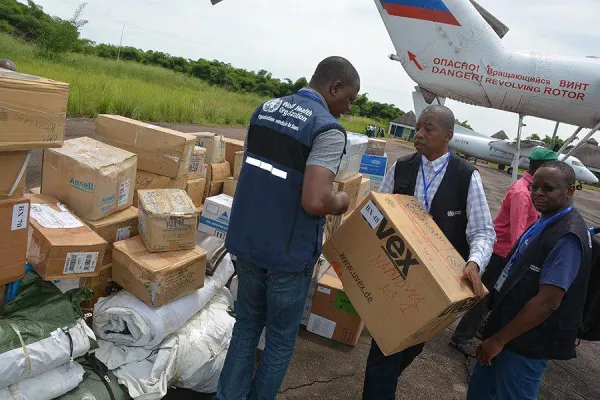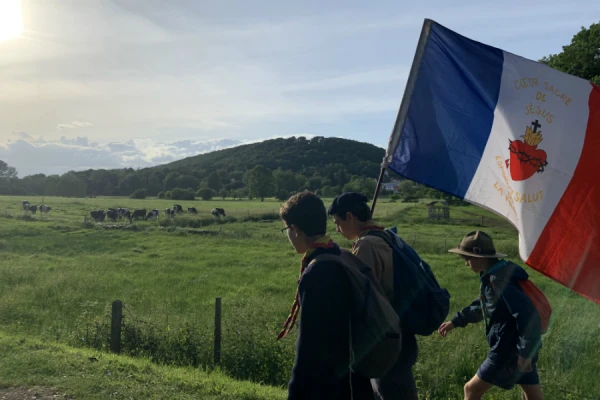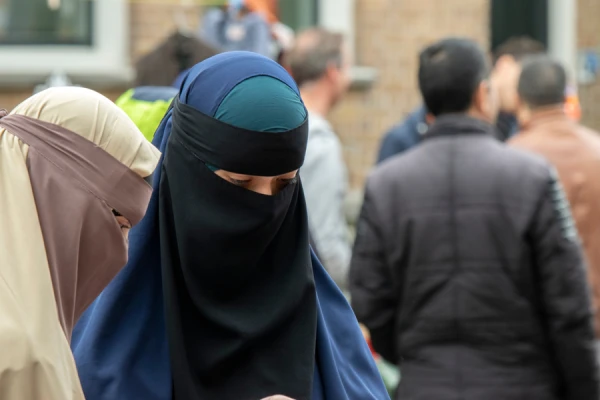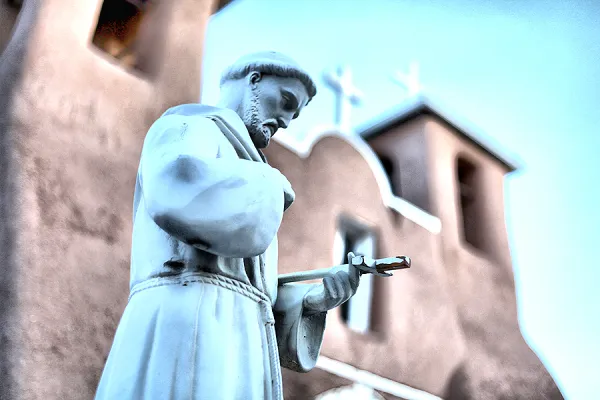
Caritas acts to limit Ebola crisis in DR Congo

Goma, Democratic Republic of the Congo, Aug 2, 2019 / 05:01 pm (CNA).- Caritas Spain has mobilized 6,200 volunteers to fight the Ebola epidemic in the affected areas of the Democratic Republic of the Congo. To prevent its spread they have established 22 monitoring points on the border with Uganda and South Sudan.
More than 1,800 have been killed by DR Congo’s Ebloa outbreak in the last year, and 2,700 have been infected. Last month the World Health Organization declared the outbreak a global health emergency.
Alicia Fernández, a technician with Caritas Spain, is in DR Congo and said that “the fight against Ebola must take place in the communities more than in the hospitals, awareness has to be raised in the communities on the importance of maintaining hygienic methods to prevent contagion and the spread of the illness.”
Fernández also stressed the importance of the Church’s action in the fight against this epidemic since “there is no other local actor that can do what the Church does,” as it is “implanted in the life of the communities, living with them their day to day and therefore enjoys their trust and also because since the first known case it has been working to contain the outbreak.”
According to a statement by Caritas Spain, in the Diocese of Goma a second case of Ebola has been recorded and so efforts are focused on locating those who have maintained contact with the stricken person and adopting the necessary measures.
In the dioceses of Butembo and Bunia, Caritas has distributed in the last six months more than 34,000 pounds of aid to more than 23,000 sick and quarantined people. They have also published more than 9,000 posters and 9,000 informational pamphlets.
One of the Caritas social workers explained that “if a teacher falls sick, all his students are placed in quarantine, separated from their families. Caritas care for these people.”
The border with South Sudan is another of the critical points in the spread of the Ebola epidemic. The Diocese of Mahagi is located there, where one case has been detected. Caritas activated the response protocol, isolated the patient and contacted her family to disinfect the house, locate those who were in contact with her and the medical staff who treated her, as well as the sick people who were admitted to the hospital at the same time.
In addition, all the staff of Caritas’ health centers in Mahagi are undergoing training to respond to the disease.
There also have been established 22 control points at the two border crossings with Uganda and South Sudan, and for every ten houses Caritas has established an observation point, in which a person is responsible for raising awareness about the epidemic and monitoring to detect and isolate new cases.
“We have to contain the epidemic so it doesn’t reach the camps for the refugees and internally displaced people, because that would be a catastrophe,” said the director of Caritas Mahagi.
Two Ebola fatalities were confirmed in Uganda in June.
Rwanda briefly closed its border with DR Congo Aug. 1 over fears the disease might spread there.
Efforts to contain the disease have been hampered by misinformation and distrust on the part of local communities, who in some cases have retaliated against health teams by attacking them. Nearly 200 attacks on medical centers and staff have been reported this year, according to the BBC. This has limited many of the health services that non-governmental organizations are able to provide.
More than 161,000 people have received the Ebola vaccine, which is 99% effective, according to the BBC, but some are fearful of it and refuse to receive it. In addition, violence in the eastern part of the DRC has made it difficult to reach some areas of the country, and difficult to monitor the virus as it spreads.
Ebola is a deadly virus that is primarily spread through contact with bodily fluids. Symptoms include fever, vomiting, diarrhea, muscle pains and occasional bleeding. The disease is fatal in up to 90 percent of cases.
Several outbreaks have taken place in Africa in recent decades. An outbreak in 2014-2016 in West Africa killed more than 11,000 people and spread briefly to Spain, the US, and the UK.






